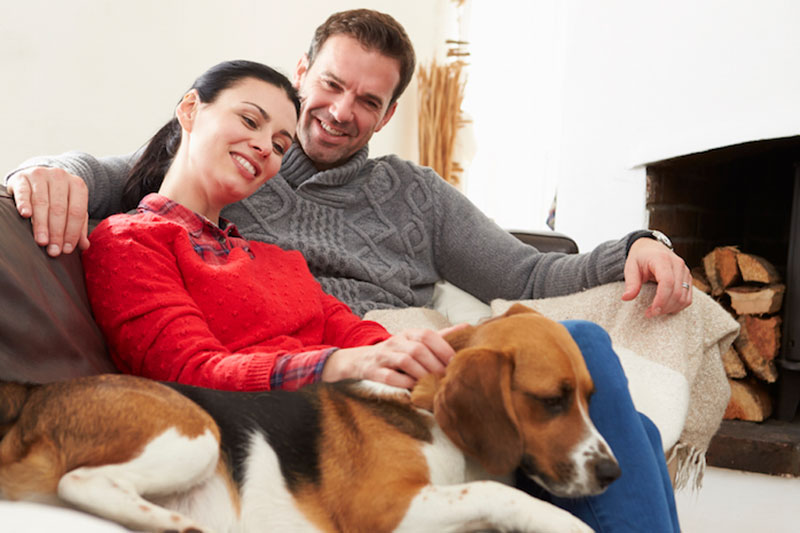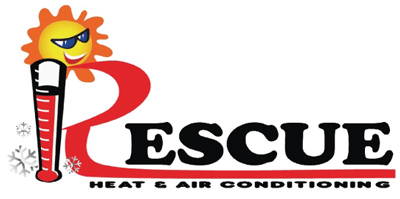
Maintaining cozy heating and cooling in Alice, Texas, year-round appears to be a great approach. But actually, how can you keep your home cozy while controlling energy costs?
Having a cozy home when it’s cold isn’t as hard as you anticipate. But sometimes you might require expert assistance if you’re finding hot and cold areas. Or if your furnace doesn’t deliver warmth like it previously did.
If you’re going through comfort issues or are looking for furnace repair, the heating and cooling experts at Rescue Heating & Air can help. Call us at 361-603-4784 to ask for an appointment right away.
For the time being, here are some tips on how to set your thermostat during the cooler months.
Decrease Temperatures When You Leave
Decreasing the thermostat 10–15 degrees while you’re at work can save 5–15% on your utility costs, according to the Department of Energy. If your home is empty throughout the day, this is a good method to limit expenses. And when you think about what just 5% could do for your heating expenses, that can make a big difference!
Turn Down Temperatures for Sleeping
You can also decrease the setting before you go to bed. It even benefits more than just your energy expenses! The ideal temperature for going to bed is 60-67 degrees, according to the National Sleep Foundation. Your body cools down naturally to help you sleep, so keeping your sleeping area chilly could help you go to bed more quickly.
Buy a Smart Thermostat
One point to think about if you don’t already use it—a smart thermostat. You won’t have to walk over to the thermostat to lower it. In fact, you can adjust it from just about anyplace with your smartphone. A Wi-Fi thermostat also learns your household schedule and automatically changes the temp to help you save more on utilities.
Relax in a More Comfortable Home with Support from the Heating and Cooling Experts
Even if you don’t make big changes to your temp, a small adjustment can help lower your gas costs.
While you are getting your thermostat under control, there are a few other things to keep in mind during the winter.
- Request an appointment for routine furnace maintenance. Heating service ensures your system is operating appropriately and could help make your heater more efficient.
- Inspect your air filter. If you don’t notice light through it, you’re due to get a new one.
Both of these steps will help make sure your heater is in peak form to keep your residence toasty.
If you need help using a smart thermostat or have furnace concerns, get in touch with the specialists at Rescue Heating & Air to gain outstanding advice. You can get in touch with us at 361-603-4784 or request an appointment online.
